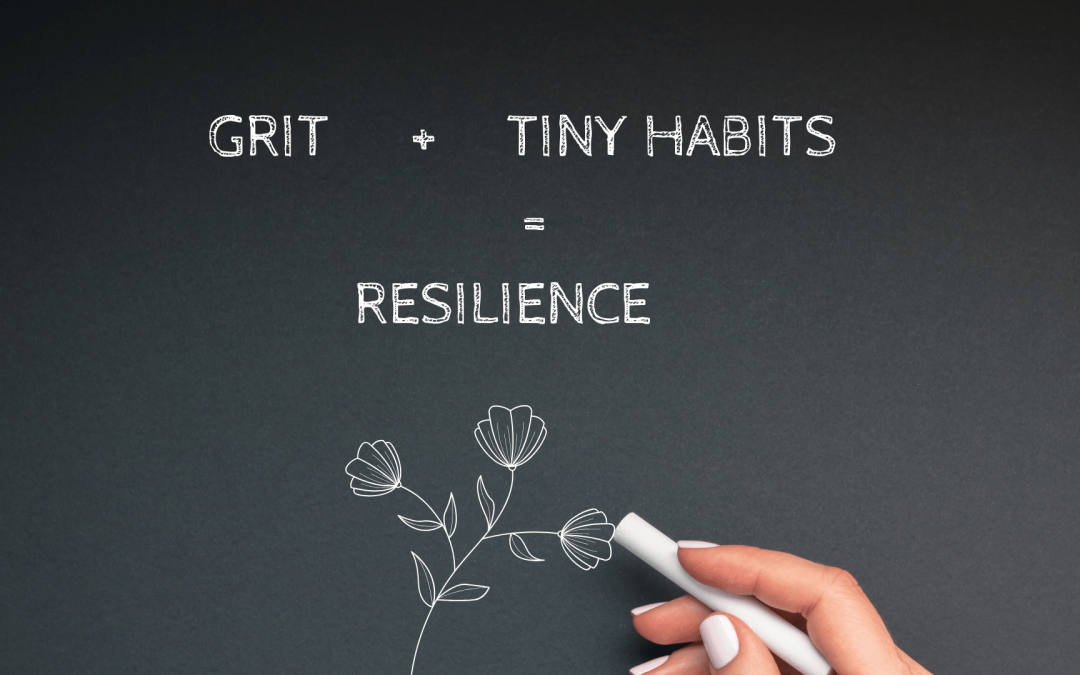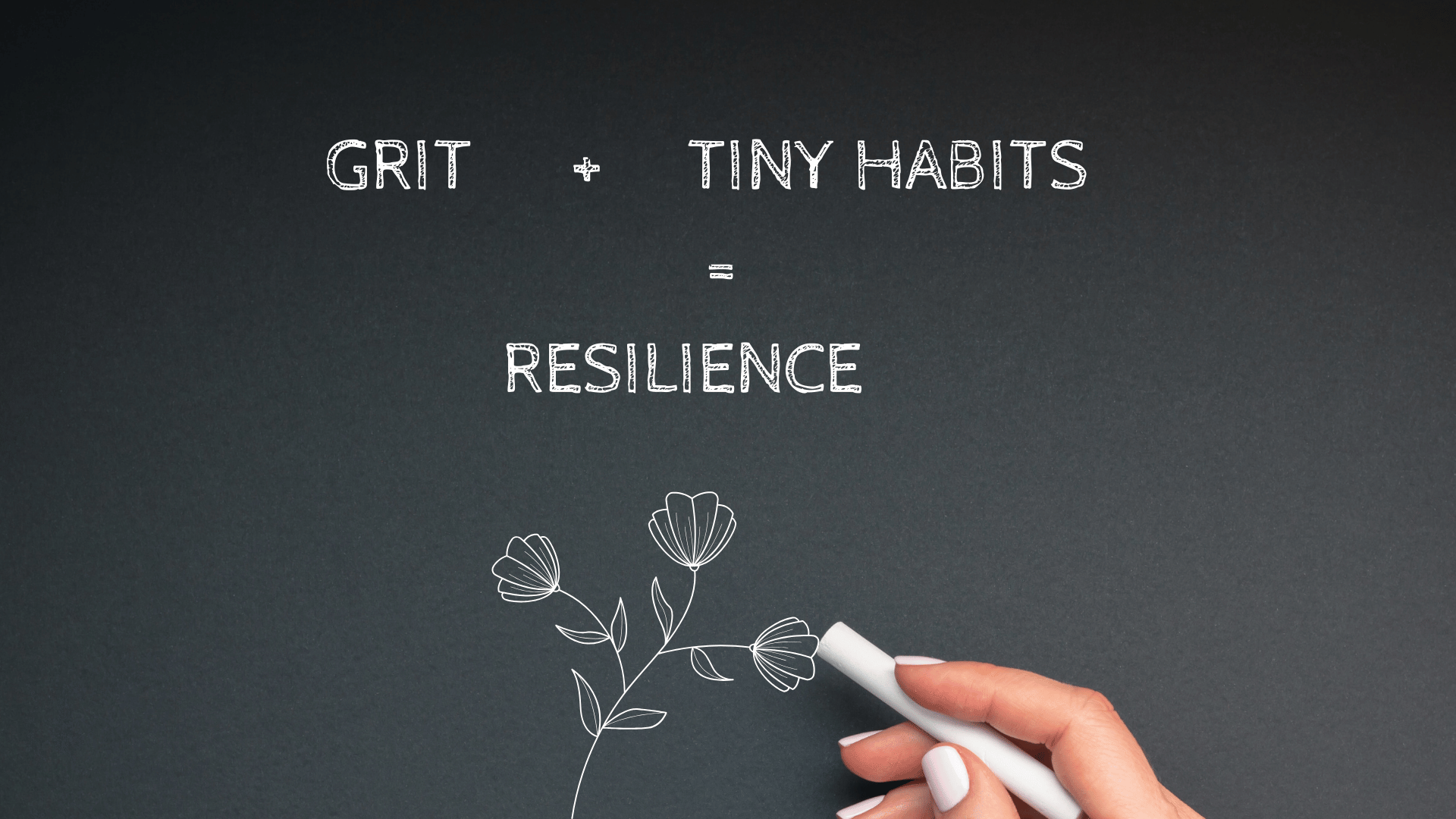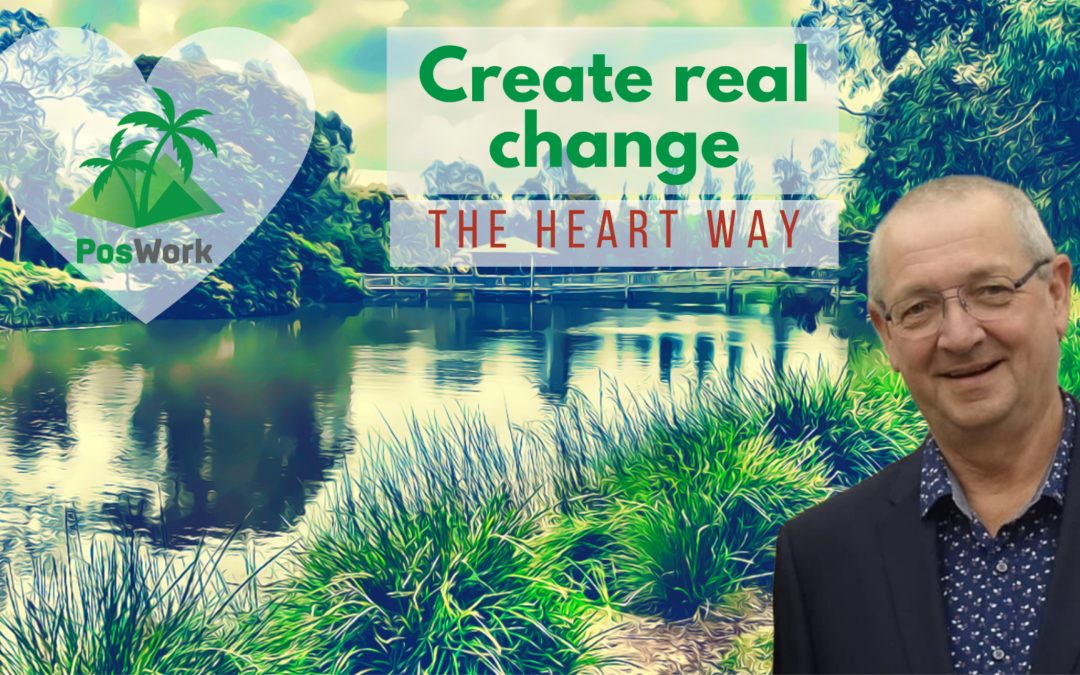
The power of positive reflection
Blogs and Stories

The power of positive reflection

Have you heard any workplace culture gurus say that you can only learn from your mistakes? We disagree. While analysing what went wrong has its place, constantly focusing on deficits can be draining and demotivating. What if we flipped the script? Enter strengths-based reflective practice, a powerful approach that builds you up by focusing on what you do best.
What is Strengths-Based Reflection?
Instead of starting with “What did I mess up?” strengths-based reflection asks, “What went well, and why?” It’s a purposeful process of identifying your successes, no matter how small, and exploring the specific skills and personal qualities you used to achieve them. It’s not about ignoring challenges; it’s about approaching them from a position of competence and resourcefulness. Think of it as building on a solid foundation rather than just patching up cracks. By understanding the ingredients of your success, you create a recipe you can use again and again.
Learning and Improving Through Strengths
Focusing on your strengths is a game-changer for professional and personal growth. It builds confidence and motivation, reminding you of what you’re capable of. This positive reinforcement creates a powerful feedback loop that energizes you to take on new challenges.
So, how do you turn this reflection into action?
- Pinpoint a Success: Think of a recent situation where you felt effective or proud. It could be skillfully de-escalating a tense meeting, finishing a complex task, or offering a colleague the perfect piece of advice.
- Analyze Your Strengths: Ask yourself:
- What specific skills did I use? (e.g., clear communication, critical thinking, empathy, organization).
- What personal qualities helped me? (e.g., patience, creativity, determination).
- What conditions allowed me to succeed? (e.g., good preparation, a supportive environment).
- Frame Improvement Actions Positively: Now, look forward. Instead of thinking, “I need to be less disorganised,” try framing it as, “How can I use my strength for creative problem-solving to set up a better organizational system?” or “Given my success in communicating clearly on that project, how can I apply that same skill to my weekly team updates?” This approach turns improvement into an act of leveraging your talents rather than fixing your flaws.
But what about those that didn’t go to plan
You can use the same approach but you can add in an ingredient which is about whether there was a character strength overplayed or underplayed – for example, ask “Was I too creative in my approach and did I need to show more perspective?” or “Did I misread them and do I need to support my social intelligence with better research before engaging with them again?”
The Secret Ingredient: Self-Compassion ❤️
This entire process is underpinned by self-compassion. It’s about treating yourself with the same kindness and understanding you would offer a friend. We all have moments where we fall short. When reflecting on a tougher situation, avoid harsh self-judgment.
Acknowledge the difficulty with curiosity, not criticism. Ask, “That was challenging. What strength could I have leaned on more?” or “What can I learn from this experience for next time?” Self-compassion allows you to learn from the full spectrum of your experiences without the baggage of shame or burnout. It’s the safety net that makes honest reflection possible, ensuring that your journey of growth is sustainable and, most importantly, kind.
And then. give yourself a little reward for having the courage to engage in honest but self-compassionate reflective practice.
If you would like to explore ways that we can help you to build reflective practice or with any other of our PosWork programs for your workplace, please call us on 0438 533 311 or email info@poswork.com.au.
CONTACT US
PosWork
A Division of Ridgeline Human Resources Pty Ltd
ABN : 24 091 644 094
info@poswork.com.au
0438 533 311
QUICK RESOURCE LINKS








